The Zomori Tradition
Throughout their existence, one has told the history of the A’uwẽ Xavante expressing themselves as the people in constant movement.
It was during long expeditions made for hunting and gathering, across the Cerrado, also known as the Amazon savanna, that the indigenous people entered deeply into their ancestral territory.
The communities were divided into small groups and followed different paths, trying to explore the territory and diversify their diet. This movement has been called Zomori. It was during Zomori that the Xavante world view, myths and rites were constituted and transmitted.
As in the words of the A’uwẽ Xavante elder Sereburã (2012):
“I’m going to tell you how the ancient people lived on Earth.
It was at Zomori that the first Buriti log race happened. The people organized themselves, harvested the Buriti and everyone painted their bodies. And then went ahead. They went running for many kilometers, eight, ten and so on. They got there. There was a mountain, an open space, another mountain, another open space and a trail. Everything looked like that, small open spaces in between. The people went on. They started to run. Before they had passed the mountain, the parinai’a, the two great creators, closed the trail. Moments earlier when they started running, there was no mountain there, suddenly everything rose and the high mountain appeared. The runners went to where there was an opening, and as they were entering, the mountain closed back again. It was blocking and pushing them out. So the runners gave up. The trail in the mountain opened again, but the runners had given up already, they didn’t want to run anymore. So they went back to where they were camping and continued again at Zomori. The race then ceased and it never happened again. The sun rose. In the early morning the people continued to go toward a different route, to another place. In those times they had no food, they had nothing. ”
This passage deals with the founding myth of Xavante history. The Serra do Roncador (Roncador Mountain) forms as the Xavante people walk. It is around the Serra do Roncador, east of the Mato Grosso State, Central Brazil, that the this indigenous people are located, and it was in this Mountain that their worldly wisdom was materialized. Zomori is the creative power of what is known as Cerrado and therefore a fundamental rite for the conception of the Xavante being.
Zomori used to happen seasonally, after planting corn and beans, the community organized itself to go on long journeys by land, thus leaving their villages during these periods. The younger boys and men did the hunting. Women were responsible for collecting food and building houses in the temporary camps. They would search for the buriti palm leaf for this function, which was also used for the production of cargo baskets, which often served to carry younger children.
This was the time when the elder ones transmitted their knowledge to the younger generations, such as: recognizing the footprint of wild animals, recognizing plants, seeds, fruits, collecting straws and telling their stories. It was up to the younger generations, in turn, to listen and accompany the more experienced ones, in order to guarantee the maintenance of the culture.
While the long walks were happening, the beans and corn would bloom and ripe. Then, with baskets full of food collected during the expeditions, the groups were returned to the point where they had split up, in order to follow together back to the village.
Zomori is still alive in the life of the A’uwẽ Xavante people, but it is currently covered in reduced territories and for a shorter period of time. Nowadays, the main motivations for groups to go on expeditions are to look for native seeds, in order to collaborate for the reforestation of the Cerrado biome.
In addition, the walks through the native forest continue to be essential for the maintenance of their traditional houses, for the production of artifacts, handicrafts and ritual adornments, with the collection of raw materials.
Zomori is still alive, as it is synonymous with territorialization and transmission of knowledge.
Text by: Andressa Domingues
Photography: Raíssa Azeredo
Sources:
GOMIDE, M. L. C. Territorialidade Xavante - zomori. Agrária (São Paulo. Online), [S. l.], n. 19, p. 86-104, 2013.
SHAKER, A..; RUPAWẼ; SEREZABDI; SEREBURÃ SERENHIMIRÃMI; HIPRU; SUPRETAPRÃ, Paulo; PREPẼ, A. Romhõsi’wa – Os Senhores da Criação do Mundo Xavante – Fundamentos Primeiros Para Uma Antropologia Espiritual. São Paulo, 2012.





